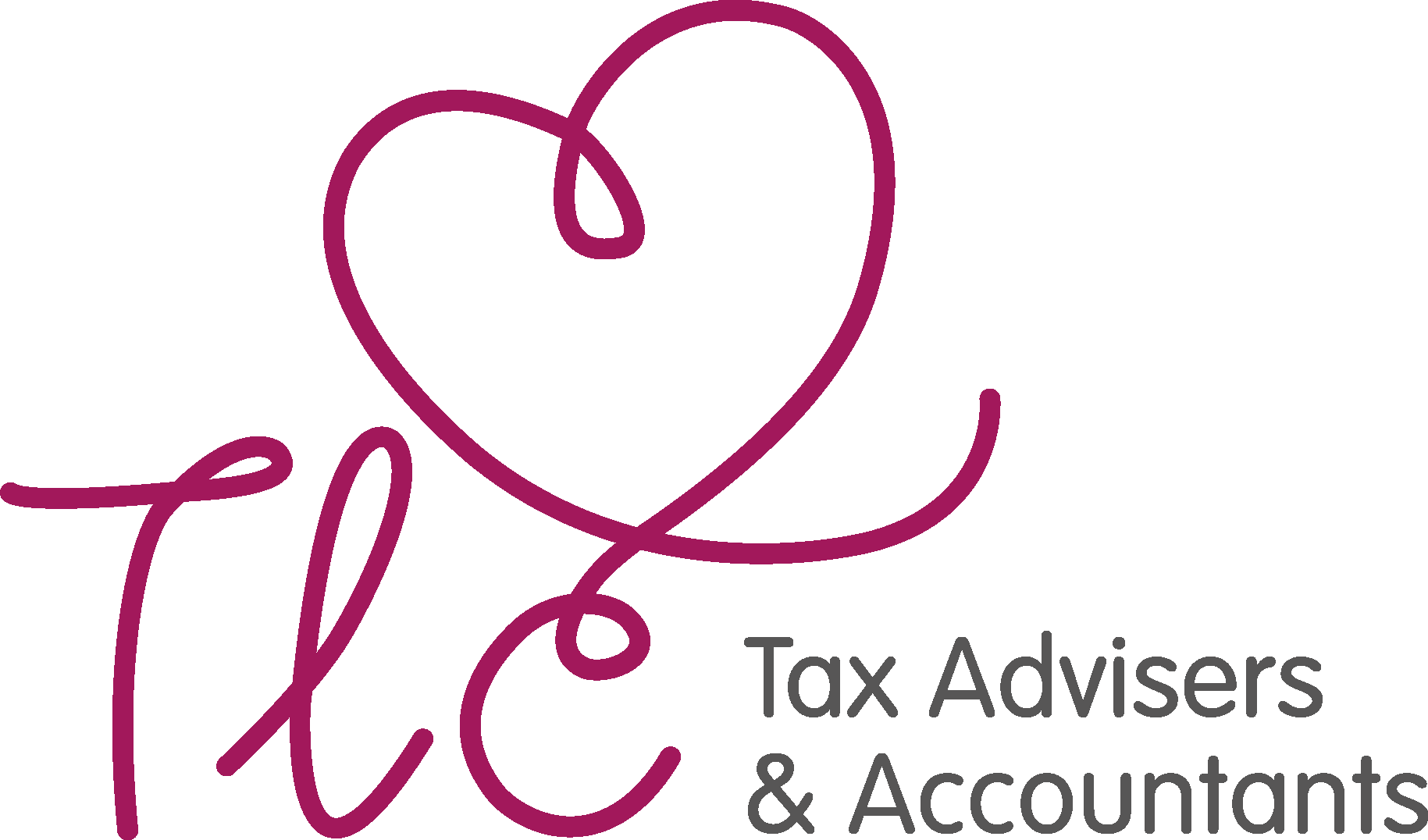Making Tax Digital for Income Tax – What you need to know
20th May 2025

Making Tax Digital for Income Tax is set to change the way millions of business owners and landlords report their earnings to HMRC. While the second stage of Making Tax Digital doesn’t come into effect until 6 April 2026, if you’re a self-employed business owner or a landlord, here’s what you need to know…
What is Making Tax Digital?
Making Tax Digital (MTD) is a government initiative designed to transform tax administration in the UK. The government aims to create ‘one of the most digitally advanced tax administrations in the world’ – and, at the same time, make it easier for taxpayers to get their tax right.
In the first stage of MTD, introduced in 2019, VAT-registered businesses with sales above the VAT threshold were required to keep digital records and submit their VAT returns electronically (using MTD-compatible software like Xero). In 2022, this was extended to include all VAT-registered businesses.
What is MTD for Income Tax?
MTD for Income Tax will replace the current system of self-assessment tax returns for self-employed business owners and landlords with a total business and/or property income of more than £50,000 per year from 6 April 2026.
These new rules will be extended to self-employed business owners and landlords with an income of over £30,000 in April 2027 and to self-employed business owners and landlords with an income of over £20,000 in April 2029 (latest). MTD will not apply to those with an income of £20,000 or less.
What does this mean for me?
As Income Tax goes digital, self-employed business owners or landlords with a total business and/or property income of more than £50,000 per year will need an online record-keeping system.
If that’s you, and you’re already using Xero (which we recommend as a Xero Gold Partner), you can relax, you’re already sorted. We’ll make sure everything’s linked up and let you know if there’s anything you need to do.
If you haven’t signed up for Xero yet, we recommend doing it sooner rather than later – we can help you to get started.
Here’s what we’ll need to do to comply with MTD for Income Tax come 6 April 2026:
1. Keep digital records of business income and expenses
You must keep digital records of all business income and expenses from 6 April 2026 using compatible accounting software like Xero.
2. Meet quarterly summary update deadlines
We’ll need to send a summary of your business income and expenses to HMRC every three months from Xero. The deadlines for summary submissions will be the same for everyone each tax year:
- 6 April to 5 July (due by 7 August)
- 6 April to 5 October (due by 7 November)
- 6 April to 5 January (due by 7 February)
- 6 April to 5 April (due by 7 May)
Or, month end:
- 1 April to 30 June (due by 7 August)
- 1 April to 30 September (due by 7 November)
- 1 April to 31 December (due by 7 February)
- 1 April to 31 March (due by 7 May)
Submissions are always due on the same date.
3. Submit a final declaration of Income Tax position
At the end of the tax year, we’ll finalise your Income Tax position and submit a final declaration with details of your final taxable profit for the accounting period of the business and any other taxable income in the tax year.
The final declaration replaces the current Self-Assessment tax return and gives you the opportunity to confirm what we’ve sent is correct or make any adjustments.
The deadline for the final declaration will be 31st January of the following tax year.
When should I sign up for MTD for Income Tax?
If you already have Xero, we’ll take care of everything for you. We don’t have an exact date yet for linking everything up, but we’ll stay in touch and let you know if there’s anything we need from you.
If you don’t have Xero yet, you can try it for free before making a purchase. There’s still plenty of time to try it out and familiarise yourself. We’re here to help get you started!
As always, if you have any questions, get in touch, and we’ll be happy to answer them.
